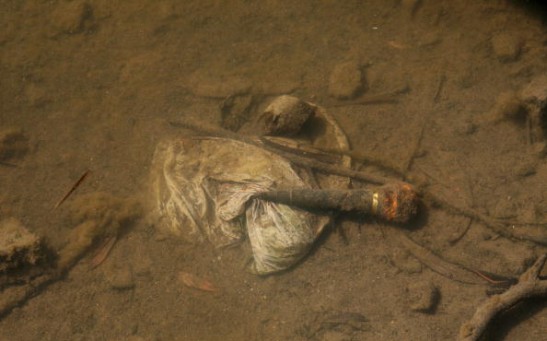water

Drink water only when you're thirsty, experts say
A Wintry Affair—How Oregon's Lost Lake Disappears
Life Underneath Antarctica May One Day Reveal Life On Colder Planets
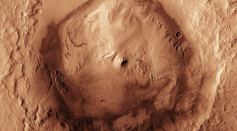
Curiosity Finds Compelling Evidence of Liquid Water Near Martian Surface
Antibiotic Resistant Bacteria—Could Swimming This Spring Break Land You In the Hospital?
‘Water Man of India’ Takes Prize for Bringing Hope to A Dry Future
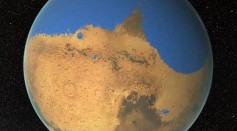
Mars Once Had More Water Than the Arctic Ocean
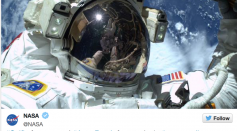
Should NASA and The International Space Station Be Worried About the Vapors?
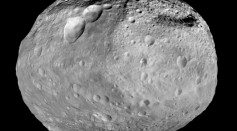
Evidence of Water Flows Found on Vesta
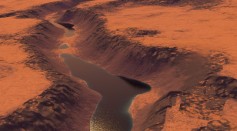
Could Water Have Changed the Face of Mars, or Is the Habitability Question too Much to Bare?
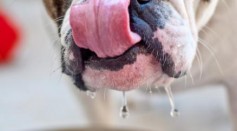
You Can Teach an Old Dog New Tricks, But You Can’t Clean Up Their Drinking Habits
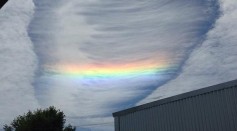
Rare “Fallstreak” Cloud Sparks Mystery Across Australia
Most Popular

How Technology Is Changing the Real Estate Industry?

Nikolay Karpenko Biography, Photo, Career, Accomplishments

How a Plant-Based Diet Can Protect Against Breast Cancer: Insights from Nutrition Research

The Role of AI in the Next Generation of Logistics: Insights from Tobias Waldhecker

